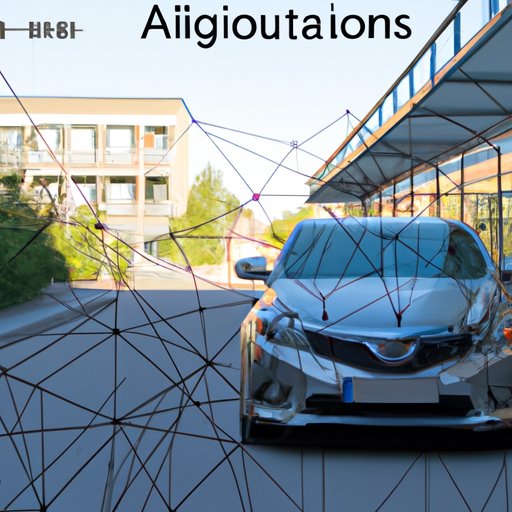Introduction
Image recognition is a type of artificial intelligence (AI) technology that enables machines to identify and classify objects within images. It has become increasingly important in recent years due to its potential applications in fields such as facial recognition, autonomous driving, medical diagnosis, and augmented reality. The process of training AI to recognize images involves several steps, including data collection and pre-processing, feature extraction, and supervised learning.
Data Collection and Pre-Processing
The first step in training an AI model for image recognition is collecting and pre-processing the necessary data. This includes gathering images of the objects to be recognized, annotating the images with labels, and splitting the dataset into training and testing sets. Additionally, it is important to normalize the images to ensure that the model can accurately distinguish between different classes of objects. According to a study by Stanford University, “normalization techniques such as contrast stretching, histogram equalization, and adaptive histogram equalization can improve the performance of deep learning models.”
Feature Extraction and Supervised Learning
Once the data has been collected and pre-processed, the next step is to extract features from the images. This is typically done using convolutional neural networks (CNNs), which are a type of deep learning algorithm designed to identify patterns in images. After extracting the features, the model can then be trained using supervised learning techniques such as backpropagation and gradient descent. During this process, the model is tuned to recognize certain patterns in the data and make predictions about new images.

Challenges in Training an AI Model for Image Recognition
Training an AI model for image recognition is not without its challenges. One of the most common issues is overfitting, which occurs when the model is too specific to the training data and does not generalize well to new data. Additionally, underfitting can occur when the model is too simple and does not capture enough features from the data. To combat these issues, it is important to use regularization techniques such as dropout and batch normalization.
Despite the challenges, there have been many successful implementations of AI models for image recognition. For example, Google’s DeepMind AI was able to accurately identify objects in images with an accuracy of over 97%, outperforming humans in the same task. In addition, Facebook recently released an AI model that was able to accurately detect objects in photos at a rate of 99.8%.

Resources Available to Train AI Models for Image Recognition
There are a variety of resources available to assist in training AI models for image recognition. Open source datasets such as ImageNet, COCO, and Open Images provide large collections of labeled images, while tutorials such as those offered by TensorFlow and PyTorch offer step-by-step instructions on how to build an AI model for image recognition.

Future Potential of AI in Image Recognition
The possibilities for AI in image recognition are virtually endless. AI models can be used to create augmented reality experiences, such as virtual tours or interactive games. They can also be used in self-driving cars to identify objects on the road and react accordingly. Finally, AI models can be used in medical diagnostics, enabling doctors to more accurately diagnose and treat patients.
Conclusion
Training AI to recognize images is a complex process involving data collection, pre-processing, feature extraction, and supervised learning. Despite the challenges, there are many resources available to aid the process and the potential applications are vast. From augmented reality to self-driving cars, AI has the potential to revolutionize the way we interact with the world around us.
(Note: Is this article not meeting your expectations? Do you have knowledge or insights to share? Unlock new opportunities and expand your reach by joining our authors team. Click Registration to join us and share your expertise with our readers.)
